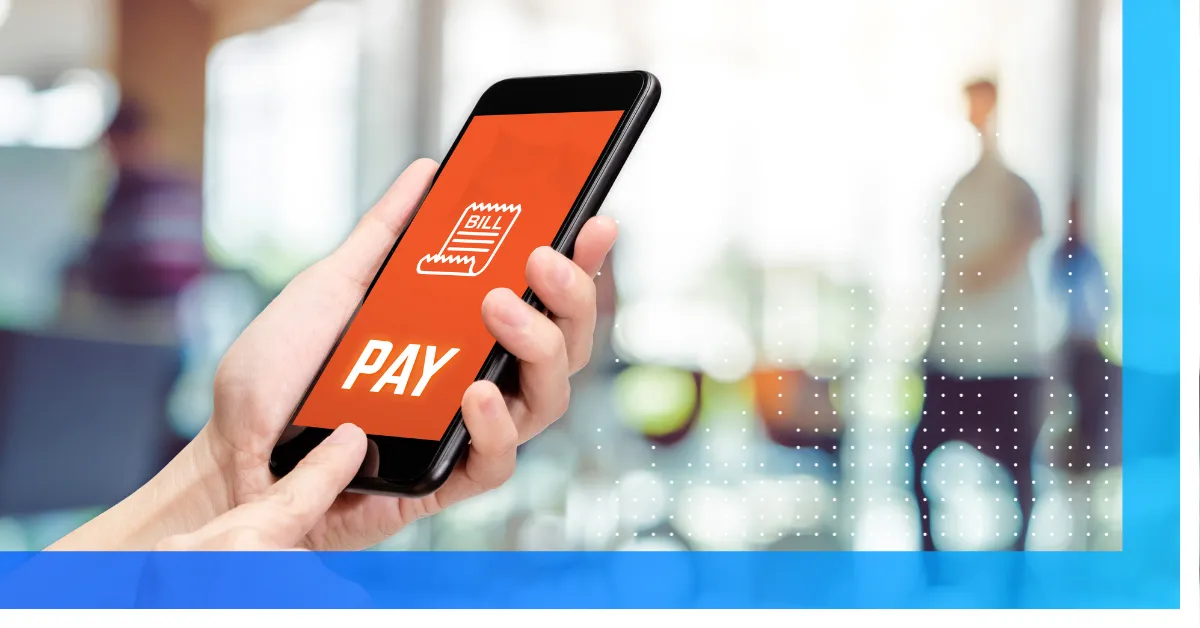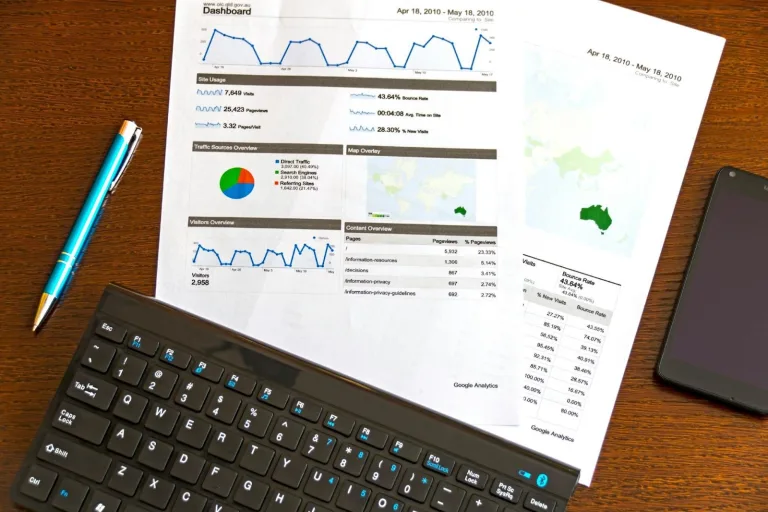In today’s fast-paced world, digital forms of payment have become the norm, offering convenience, speed, and security for both businesses and consumers. Whether you’re shopping online, transferring money to a friend, or paying bills, digital payments have made transactions easier than ever. For instance, platforms like Coyyn.com have gained attention for their efficiency and security—reading a Coyyn.com review can provide valuable insights into user experiences and platform reliability. But what exactly is a digital form of payment, and how does it work? In this article, we will explore the different types of digital payments, their benefits, and how they are shaping the future of financial transactions.
1. What Is a Digital Form of Payment?
A digital form of payment refers to any transaction that takes place electronically without the use of physical cash. Instead of handing over paper money or coins, payments are processed through digital channels like smartphones, computers, or payment terminals. These transactions can occur online, in-store, or even between individuals, using various technologies such as credit cards, mobile wallets, and cryptocurrencies.
Digital payments have gained popularity due to their speed, efficiency, and ability to facilitate transactions across borders. They are secure, often using encryption and other safety features to protect sensitive information. From online shopping to contactless payments at grocery stores, digital forms of payment have become essential in our daily lives.
2. Credit and Debit Cards: The Original Digital Payment Method
One of the earliest and most widely used digital payment methods is the credit and debit card. These cards have been around for decades and continue to be a preferred choice for many.
- Credit Cards: A credit card allows you to borrow money from the bank or financial institution up to a certain limit. You can use it to make purchases and pay the amount back later, often with interest if not paid on time.
- Debit Cards: Unlike credit cards, debit cards are linked directly to your bank account. When you use a debit card, the amount is deducted immediately from your account, ensuring you only spend what you have.
Both credit and debit cards offer convenience, allowing users to make purchases online and in physical stores. They also come with added security features like fraud protection and the ability to dispute unauthorized charges.
READ MORE : Transforming Your Retail Space
3. Mobile Wallets: Convenience at Your Fingertips
Mobile wallets, also known as digital wallets, are becoming increasingly popular, especially with the rise of smartphones. These wallets store your payment information securely on your phone, allowing you to make payments quickly and easily.
- Examples of Mobile Wallets: Apple Pay, Google Pay, Samsung Pay, and Paytm.
Mobile wallets work by linking to your credit card, debit card, or bank account. To make a payment, you simply tap your phone on a contactless payment terminal or scan a QR code. Mobile wallets also offer features like loyalty card storage, rewards tracking, and even ticketing for events.
Benefits of Mobile Wallets:
- Secure transactions with biometric authentication (fingerprint or facial recognition).
- No need to carry physical cards or cash.
- Quick and hassle-free checkout in stores and online.
4. Contactless Payments: Tap and Go
Contactless payments are another form of digital payment that has gained popularity in recent years. Using Near Field Communication (NFC) technology, these payments allow you to simply tap your card or mobile device on a payment terminal to complete a transaction.
This method is fast, secure, and eliminates the need to touch the payment terminal, which became especially important during the COVID-19 pandemic. Many credit and debit cards now come with contactless functionality, making it easier than ever to pay for small purchases quickly.
Why People Love Contactless Payments:
- Faster than traditional card payments.
- No need to enter a PIN for small transactions.
- Reduced physical contact with payment terminals.
5. Bank Transfers: Secure and Reliable
Bank transfers are a widely used digital payment method for both personal and business transactions. They involve transferring money directly from one bank account to another.
- Types of Bank Transfers:
- Wire Transfers: Used for sending large sums of money, often internationally.
- ACH Transfers: Automated Clearing House transfers are common in the U.S. for things like direct deposits and bill payments.
- IMPS and NEFT: These are common in countries like India for quick and secure transactions.
Bank transfers are considered one of the safest methods of transferring money, as they go through rigorous security checks. They are often used for paying bills, salaries, and making large purchases.
6. Peer-to-Peer (P2P) Payment Apps: Sending Money Made Easy
Peer-to-peer (P2P) payment apps allow you to send money directly to another person using your smartphone or computer. These apps are incredibly convenient for splitting bills, paying rent, or sending money to friends and family.
- Popular P2P Apps: PayPal, Venmo, Cash App, and Zelle.
These apps typically link to your bank account, debit card, or credit card, allowing you to transfer funds with just a few taps. Many P2P apps offer instant transfer options, making them ideal for quick payments.
Why P2P Payment Apps Are Popular:
- Instant money transfers between individuals.
- Easy to use with simple interfaces.
- Secure with encryption and two-factor authentication.
7. Cryptocurrencies: The Future of Digital Payments?
Cryptocurrencies are a new and exciting form of digital payment. Unlike traditional currencies, cryptocurrencies operate on decentralized networks using blockchain technology. This means they are not controlled by any government or central bank.
- Popular Cryptocurrencies: Bitcoin, Ethereum, Litecoin, and stablecoins like USDT and USDC.
Cryptocurrencies can be used for online purchases, investments, and even peer-to-peer transactions. While they are not yet widely accepted for everyday purchases, their popularity is growing as more businesses begin to accept them.
Benefits of Cryptocurrency Payments:
- Fast and low-cost international transactions.
- No need for banks or intermediaries.
- Secure and transparent due to blockchain technology.
8. QR Code Payments: Scan and Pay
QR code payments are a simple and effective way to complete transactions using your smartphone. All you need to do is scan a QR code displayed by the merchant, and the payment is processed instantly.
This method is particularly popular in countries like China and India, where apps like AliPay, WeChat Pay, and Paytm have made QR code payments a part of everyday life.
Why QR Code Payments Are Gaining Popularity:
- Easy to use and doesn’t require physical contact.
- Secure, as each QR code is unique to the transaction.
- Great for small businesses and street vendors.
9. Mobile Banking: Your Bank in Your Pocket
Mobile banking has revolutionized the way people manage their finances. With a mobile banking app, you can check your account balance, transfer money, pay bills, and even apply for loans, all from your smartphone.
Banks like Chase, Wells Fargo, HDFC, and HSBC offer mobile banking services that provide customers with 24/7 access to their accounts.
Benefits of Mobile Banking:
- Convenient and accessible anytime, anywhere.
- Secure with multi-factor authentication.
- No need to visit the bank for routine transactions.
10. Internet Banking: Banking from Your Computer
Internet banking (or online banking) allows you to manage your bank accounts through a web browser on your computer. It provides all the same services as mobile banking, but through a desktop interface.
With internet banking, you can transfer money, pay bills, view statements, and even invest in financial products, all from the comfort of your home.
Advantages of Internet Banking:
- Easy access to detailed account information.
- Secure with encrypted transactions.
- Saves time by eliminating the need for in-person visits.
11. USSD Payments: Digital Payments Without the Internet
USSD (Unstructured Supplementary Service Data) payments are a digital payment method that works without an internet connection. This is especially useful in regions where internet access is limited.
To use USSD payments, you dial a specific code on your mobile phone, which connects you to your bank’s services. You can transfer money, check your balance, and pay bills using simple text-based commands.
Why USSD Payments Matter:
- Accessible on basic mobile phones.
- Doesn’t require internet or a smartphone.
- Ideal for rural or underdeveloped areas.
Conclusion: The Future of Digital Payments
In conclusion, digital forms of payment have revolutionized the way we handle money. From credit cards and mobile wallets to cryptocurrencies and QR codes, there are countless options to suit every need. As technology continues to advance, digital payments will only become more secure, accessible, and essential in our daily lives.
Whether you’re shopping online, transferring money to a friend, or paying your bills, digital payments provide a fast, safe, and convenient way to manage your finances. Understanding what a digital form of payment is and how it works will help you make smarter choices in the evolving world of finance.







